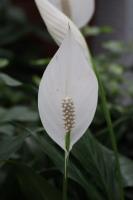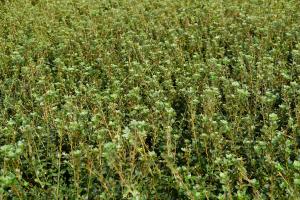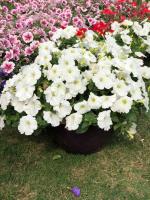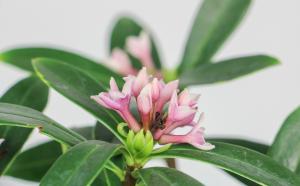Will 2-4-D Kill Woody Water Plants?
2-4-D is a popular herbicide used to control weeds in various agricultural and non-agricultural settings. However, its effectiveness and safety when used near woody water plants, such as bushes, trees, and shrubs that grow in or near water bodies, is a topic of concern.
The Basic Facts of 2-4-D
2-4-D is a selective herbicide that targets broadleaf weeds while leaving grasses unaffected. It works by mimicking the action of the plant hormone auxin, causing the weed to grow uncontrollably and eventually die. It has been used for over 70 years to control weeds in crops, lawns, golf courses, parks, and other areas.
2-4-D and Woody Water Plants
Woody water plants, such as willows, cottonwoods, and alders, require water to grow and thrive. They often grow near or in water bodies, such as rivers, lakes, and wetlands. The use of 2-4-D near such plants can have unintended consequences, such as damage or death of the plants.
The reason for this is that the uptake of 2-4-D by woody water plants is different from that of broadleaf weeds. Woody plants have a thicker bark, which acts as a barrier to 2-4-D penetration. Also, their root systems are deeper and more complex than those of broadleaf weeds, making it harder for the herbicide to reach them. In addition, woody plants often have multiple stems or branches that can shield them from the spray or drift of 2-4-D.
The Risks and Benefits of 2-4-D Use
The use of 2-4-D near woody water plants can pose risks to their health and survival. These plants provide important ecological functions, such as stabilizing stream banks, improving water quality, and providing habitats for wildlife. Their loss can have ripple effects on the entire ecosystem.
On the other hand, the use of 2-4-D can also provide benefits, such as the control of invasive and noxious weeds that can harm native plants and ecosystems. It can also improve the aesthetics and functionality of some water bodies, such as irrigation canals and reservoirs.
The Alternatives to 2-4-D
If you must control weeds near woody water plants, there are alternatives to 2-4-D that can be safer and more effective. These include hand-pulling, digging, cutting, or covering the plants with mulch or fabric. These methods can be labor-intensive and time-consuming, but they can also be more precise and targeted, reducing the risk of unintended damage.
An alternative herbicide that may be more compatible with woody water plants is glyphosate, which is a non-selective herbicide that kills all plants it touches. However, glyphosate can also have environmental and health risks, particularly when used improperly or excessively.
Conclusion
In conclusion, the use of 2-4-D near woody water plants can be risky and should be approached with caution. While its benefits in weed control cannot be ignored, its potential harm to non-target plants and ecosystems should also be considered. Alternatives to 2-4-D, such as hand-pulling and glyphosate, may be more appropriate in some situations. Before using any herbicide near woody water plants, it is best to consult with a professional or a regulatory agency to ensure proper application and minimize the risks.

 how many times do yo...
how many times do yo... how many planted tre...
how many planted tre... how many pine trees ...
how many pine trees ... how many pecan trees...
how many pecan trees... how many plants comp...
how many plants comp... how many plants can ...
how many plants can ... how many plants and ...
how many plants and ... how many pepper plan...
how many pepper plan...
































